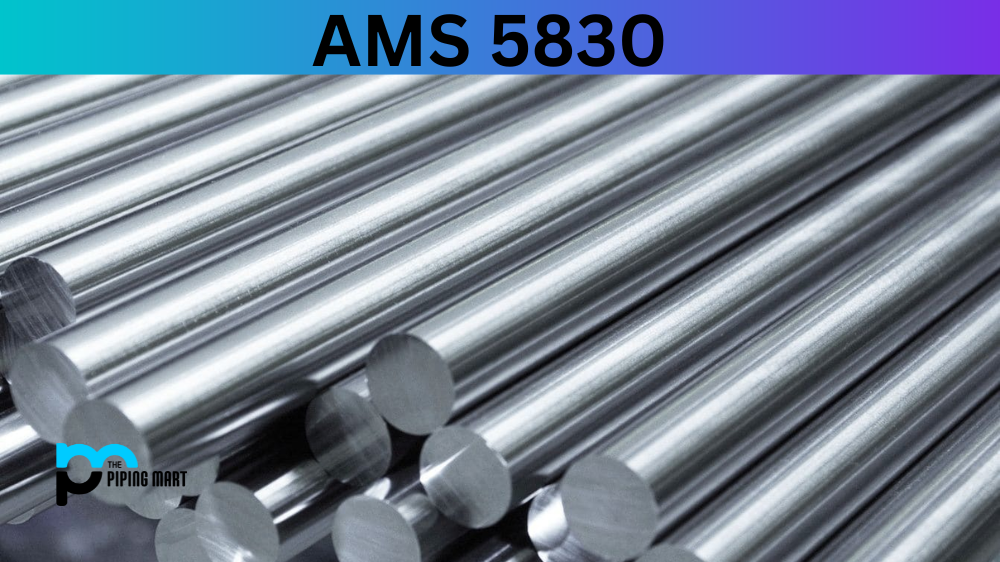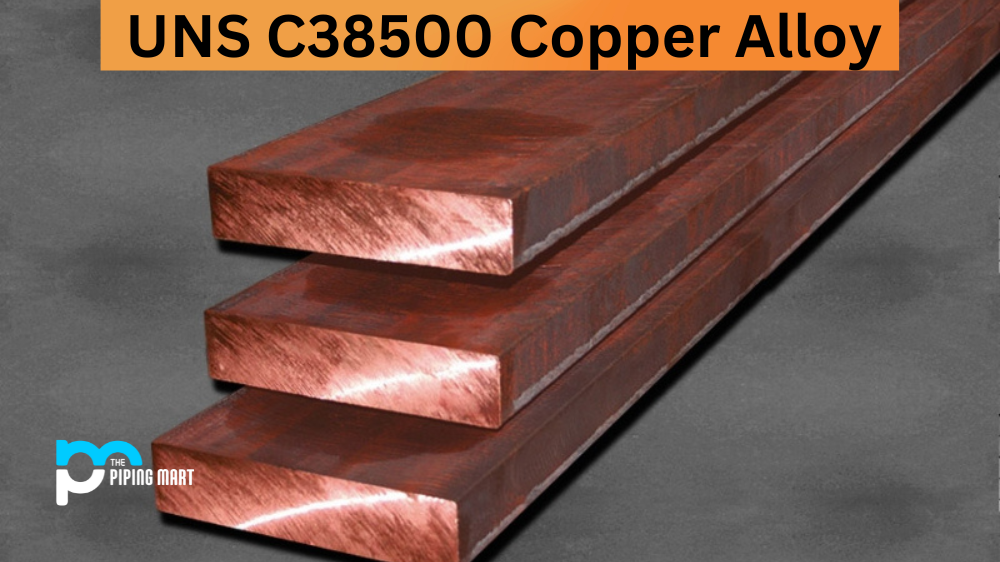When it comes to aerospace and aviation applications, precision and accuracy are key. Engineers and manufacturers rely on high-quality materials that can withstand extreme conditions. One such material that has gained widespread recognition in the industry is AMS 5830. This blog post will explore what makes AMS5830 stand out among its peers, its physical and mechanical properties, and how it is used.
What is AMS 5830?
So, have you ever heard of AMS 5830 (also known as Nimonic 901)? It sounds like a code name from a spy movie, but it’s a material used in aerospace engineering. AMS5830 is a high-quality, corrosion-resistant alloy steel commonly used in aeroplane engines and rocket boosters. It’s incredibly durable and can withstand extremely high temperatures, making it an ideal choice for aerospace applications where strength and resilience are crucial. With technological advances and growing demand for more efficient and reliable aircraft, it’s no wonder that AMS 5830 is becoming a popular choice among top aerospace companies.
AMS 5830 Composition
AMS 5830 is a nickel-based alloy that falls under the UNS N07750 grade. It is commonly referred to as Inconel 718, a registered trademark of Special Metals Corporation. This alloy comprises nickel, chromium, molybdenum, niobium, and iron. It also contains traces of titanium, aluminium, and other elements. Combining these elements gives AMS 5830 exceptional corrosion and oxidation resistance and excellent mechanical and thermal properties.
| Element | Content (%) |
|---|---|
| Nickel, Ni | 40-45 |
| Iron, Fe | 33 |
| Chromium, Cr | 11-14 |
| Molybdenum, Mo | 5.0 – 6.50 |
| Titanium, Ti | 2.80-3.10 |
| Cobalt, Co | 1 |
| Manganese, Mn | 0.50 |
| Copper, Cu | 0.50 |
| Silicon, Si | 0.40 |
| Aluminum, Al | 0.35 |
| Carbon, C | 0.10 |
| Sulfur, S | 0.030 |
AMS 5830 Physical Properties
AMS 5830 has a density of 8.19 g/cm3 and a melting point of 1336°C. It also exhibits a low thermal expansion coefficient and high thermal conductivity. AMS 5830 has excellent resistance to high-temperature environments, making it the perfect material for use in aircraft engines, gas turbine components, and nuclear reactors.
| Properties | Metric | Imperial |
|---|---|---|
| Density | 8.14 g/cm³ | 0.294 lb/in³ |
| Melting point | 1280-1345°C | 2340-2453°F |
AMS 5830 Mechanical Properties
AMS 5830 has impressive mechanical properties that make it suitable for high-stress applications. It has a modulus of elasticity of 196 GPa, a yield strength of 827 MPa, and a tensile strength of 1276 MPa. It also displays significant resistance to fatigue and creep. With its high strength and durability, AMS 5830 is often used to construct rocket motor cases, jet engine parts, and landing gear.
| Properties | Metric | Imperial |
|---|---|---|
| Tensile strength (precipitation hardened, value at room temperature) | 1200 MPa | 174000 psi |
| Yield strength (@strain 0.200%, precipitation hardened, value at room temperature) | 875 MPa | 127000 psi |
| Elongation at break (precipitation hardened) | 15% | 15% |
AMS 5830 Equivalent
The equivalent material to Nimonic 901™ is DIN 2.4662.
AMS 5830 Uses
AMS 5830 has many applications in the aerospace and defence industry. Its common uses include turbine discs and blades, high-pressure airframes, and fuel system components. It is also used to manufacture fasteners, springs, and seawater valves. AMS 5830 is a material of choice for critical applications that demand high performance and reliability.
AMS 5830 Hardness
AMS 5830 has excellent hardness properties, with a Rockwell hardness of 40 – 45 HRC. Its hardness can be further improved through heat treatment.
AMS 5830 Heat Treatment
Heat treatment improves the mechanical properties of AMS 5830 by adjusting its microstructure. The most widely used heat treatment process for AMS 5830 is precipitation hardening, also known as ageing. This process is carried out at temperatures between 700 – 750°C, followed by cooling in air. The result is a material that is stronger and more durable.
Conclusion:
AMS 5830 is a high-performance material that has won the hearts of aerospace and defence experts. Its composition of nickel, chromium, molybdenum, niobium, iron, and other elements gives it excellent mechanical, thermal, and corrosion resistance properties. It is an all-rounder material that finds application in various areas, ranging from fuel system components to rocket motor casings. Heat treatment can adjust its microstructure to improve its mechanical properties. With its versatility and reliability, AMS 5830 is invaluable to aerospace and aviation manufacturers.

Abhishek is a seasoned blogger and industry expert, sharing his insights and knowledge on various topics. With his research, Abhishek offers valuable insights and tips for professionals and enthusiasts. Follow him for expert advice on the latest trends and developments in the metal industry.




